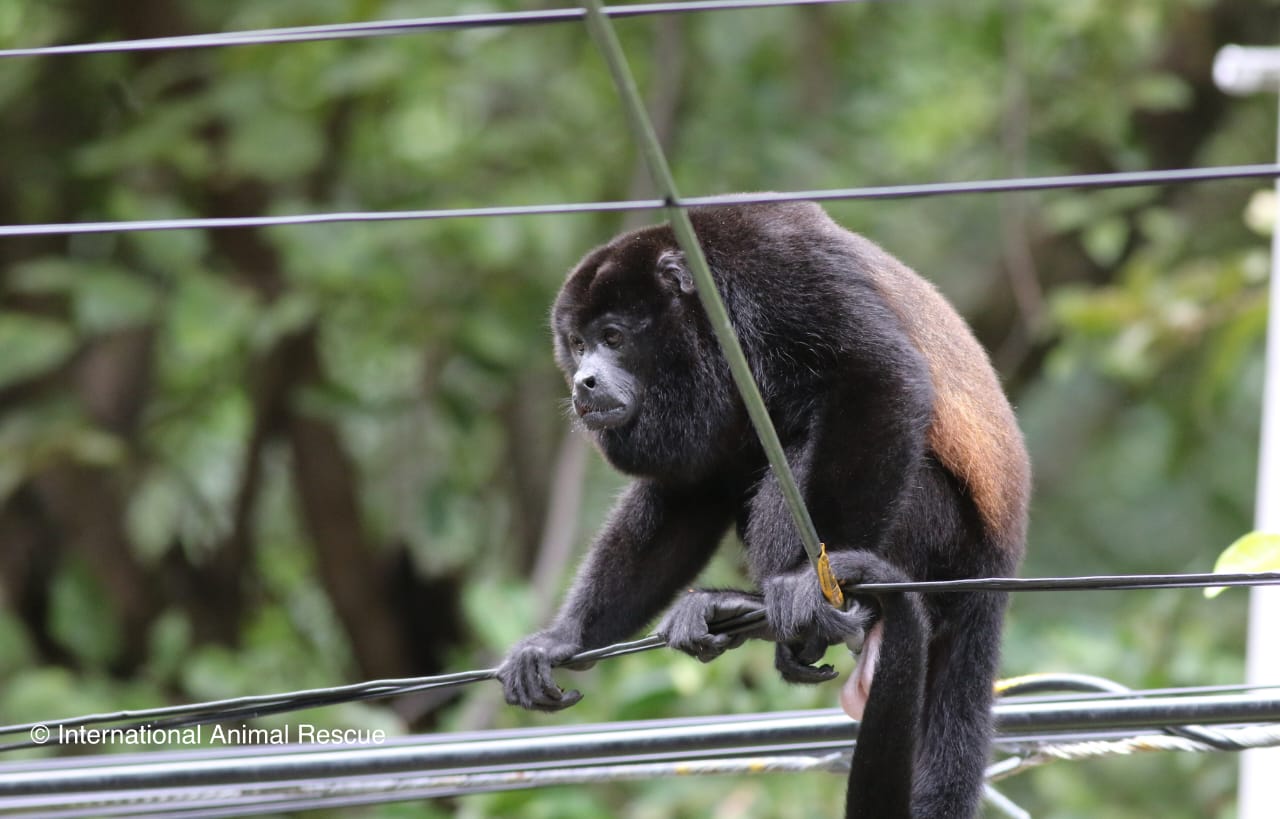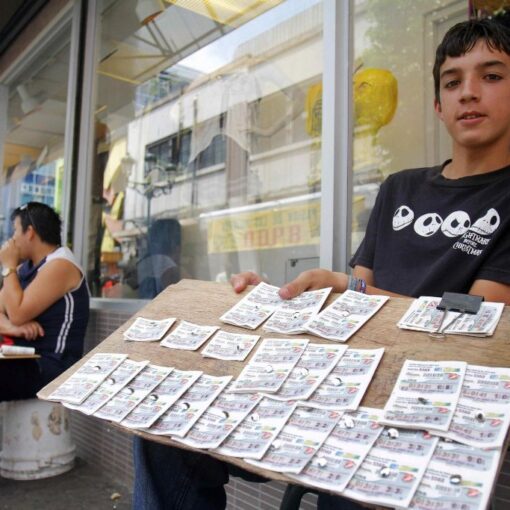QCOSTARICA — Every two years, in Costa Rica, there is a financial shock: it is the average of interventions of supervised financial entities, which have ended in all cases with the closure of the entity whose economic health is under review.
Since the earthquake that the intervention of Banco Anglo represented for the banking system in 1994, reforms were promoted to the system that included the transformation of the Auditoría General de Entidades Financieras (AGEF) – General Audit of Financial Entities into the Superintendencia General de Entidades Financieras (Sugef) – General Superintendence of Financial Entities.
Despite this, in these 30 years, 14 interventions have been made on entities that were under supervision, with scenarios in which some of the problems are repeated, and questions about the delay with which the security guards act.
– Advertisement –
In the publication “Banking supervision in Costa Rica: a difficult path” (Supervisión bancaria en Costa Rica: un camino difícil”), published by the Academy of Central America in 2012, Oscar Rodríguez made an observation about five interventions carried out in the country between 1998 and 2004.
“In most of them, The loan portfolio with arrears of more than 90 days was corrected sharply upwards after the SUGEF inspections. In other words, bad loans were considered high quality as long as the SUGEF did not prove otherwise.”
This is a controversy that has not been diluted for more than a decade. In most interventions, there is criticism from those affected about supervision that seems to have problems learning lessons from the past.
Gonzalo Meza, legal advisor of the Federación Costarricense de Asociaciones Solidaristas del Sector Privado (Fecaspri) – Costa Rican Federation of Private Sector Solidarity Associations, representative of 350 solidarity associations that invested nearly US$75 million of their workers in Coopeservidores, commented that they are very critical regarding the supervision carried out in the country.
“One of the criticisms that we make and that we plan to take to the Courts of Justice is that this country does not learn from the mistakes of the past. The situation that we experienced at Coopeservidores happened at Coopemex 15 years ago, with falsified financial information, from a supervised entity, and in which there were signs,” he said.
Meza also assured that the Aldesa case showed similar problems, in this case, due to an inopportune action by the Superintendencia General de Valores (Sugeval) – General Superintendency of Securities.
– Advertisement –
“Supervision must vary, it is not possible that, in cases with months of alerts, it is said that they expect to reach grade 3 (insufficiency) to act. It is arriving when the patient is dead. There must be more timely actions, to safeguard the interests of investors when action can be taken in time,” he said.
Read more: Accumulation of embezzlements and frauds call into question Costa Rica’s banking controls
All of this includes investors who, in the case of Coopeservidores alone, exceed 130,000 savers, to which organizations must be added, in this case, one in four of the solidarity associations, as well as a new link between the financial cooperative sector and a crisis.
And all this without adding the costs that banking entities such as the Banco Popular (BP), the Banco Nacional (BN), the Banco de Costa Rica (BCR) and even the Banco Nacional Hipotecario de la Vivienda (Banhvi) – National Housing Mortgage Bank, have had to absorb to avoid further contagion to the national financial system.
– Advertisement –
Financial interventions
In the last 30 years, there has been almost one financial intervention every 2 years. In most cases, it has been indicated that supervision reform was required to incorporate lessons learned.
Banco Anglo, 1994: Government questioned that since 1990 there had been administrative mismanagement, with excessive expenses, unsecured overdrafts and speculative businesses that produced losses of ¢16 billion colones. The intervention in June led to changes in financial supervision, and AGEF became Sugef in 1995.
Coopevan, 1997: Cooperativa de Ahorro y Crédito de Entidades Evangélicas R.L, intervened in January. In 1998, Sugef recommended that Infocoop evaluate its dissolution.
Banco Federado, 1998: This bank owned by 40 cooperatives was intervened in September due to liquidity problems, after a run on funds due to the crisis in Coovivienda. Its bankruptcy was filed in 1999.
Bancoop, 1998: Financial arm of the cooperative movement, it was affected by the Banco Federado crisis, and intervened in December due to the impossibility of reaching additional estimates for the loans granted. The National Bank assumed the assets, liabilities and equity of both Bancoop and the Federado.
Coovivienda, 1998: Intervened due to poor collection management, liquidity problems and unreliable information. It was proposed to give its assets to the Banhvi to compensate for the assistance it had received, but this process even deteriorated the Banhvi’s assets; a negotiation with the Ministry of Finance was necessary for it to remit ¢14.8 billion colones as part of the state guarantee.
Viviendacoop, 1999: El Banco Hipotecario de la Vivienda (Banhvi) requested intervention in 1999 due to problems with the payment of its obligations and possible diversion of resources from housing bonds. The Banhvi granted him financial assistance of ¢20 billion colones.
Banco Solidario, 2000: Intervened in March due to a lack of capitalization and a dispute over its ownership, after Sugef concluded that the improvement of its portfolio did not correspond to reality. Their losses amounted to ¢48.8 billion colones.
Bantec, 2003: Intervened in August, as a result of poor management and risky businesses that caused debts of more than US$5 million. Its operations were acquired by Banco Improsa.
Banco Elca, 2004: Intervened after Sugef detected irregular management in the granting of loans that consumed the bank’s capital. Declared bankrupt in March 2005, with a process that involved 800 creditors.
Coopemex, 2010: Intervened after the Sugef concluded that they hid information, no loans were reported to delinquent debtors and in two months sufficiency indicators fell 17%, the savings of 88,000 people were affected. Banco Popular acquired the loans portfolio.
Coopeaserrí, 2015: Intervened in February due to levels of equity sufficiency, reduction of assets and security risk and financial solvency, but associates complained that supervision could act sooner, because there were signs from the previous year. 100 families were reported affected.

Bancrédito, 2017: Its figures had weakened since 2016, it was intervened in 2017 after seven months in which it tried to separate itself from financial intermediation, affected by an increase in delinquencies and loss of businesses such as Development Banking.

Aldesa, 2021: Conassif ordered intervention in August, based on Sugeval’s recommendation, after determining non-compliance with the investment policy in one of its four investment funds. In August 2022, its permit to operate was revoked, and the only surviving fund became managed by the BCR. It was declared bankrupt in July 2022. About 600 investors, owed US$171,582,116, were affected.
Coopeservidores, 2024: Conassif accepted Sugef’s recommendation in May, in the sense that the information reported by the cooperative did not reflect the credit quality of its portfolio. On June 21, it was declared “unviable.” Some 130,000 people with deposits will now seek to recover funds. The share capital of the affiliates is approximately ¢46.9 billion colones.
Translated and adapted from SemanarioUniversidad.com. Read the original, in Spanish, here.
– Advertisement –
Source link
Rico



